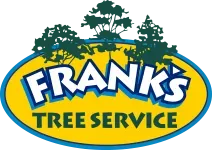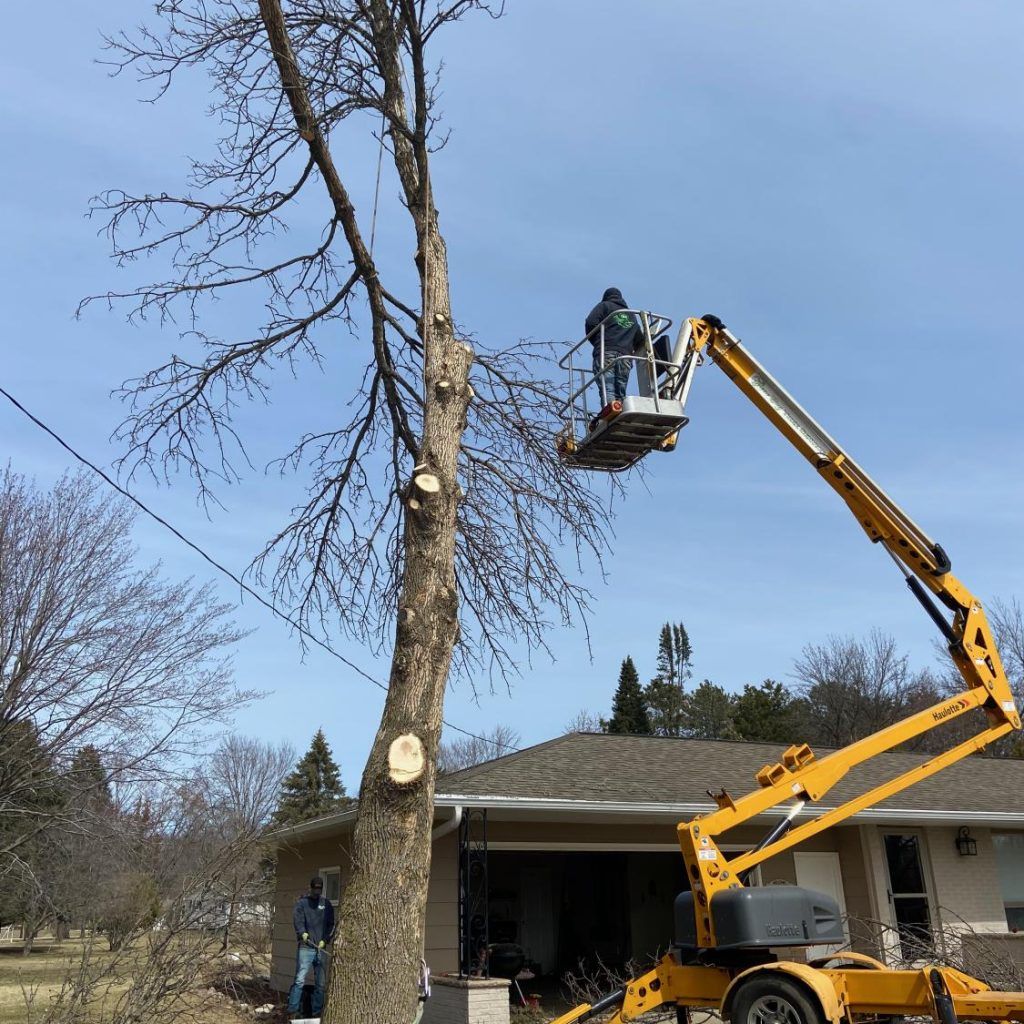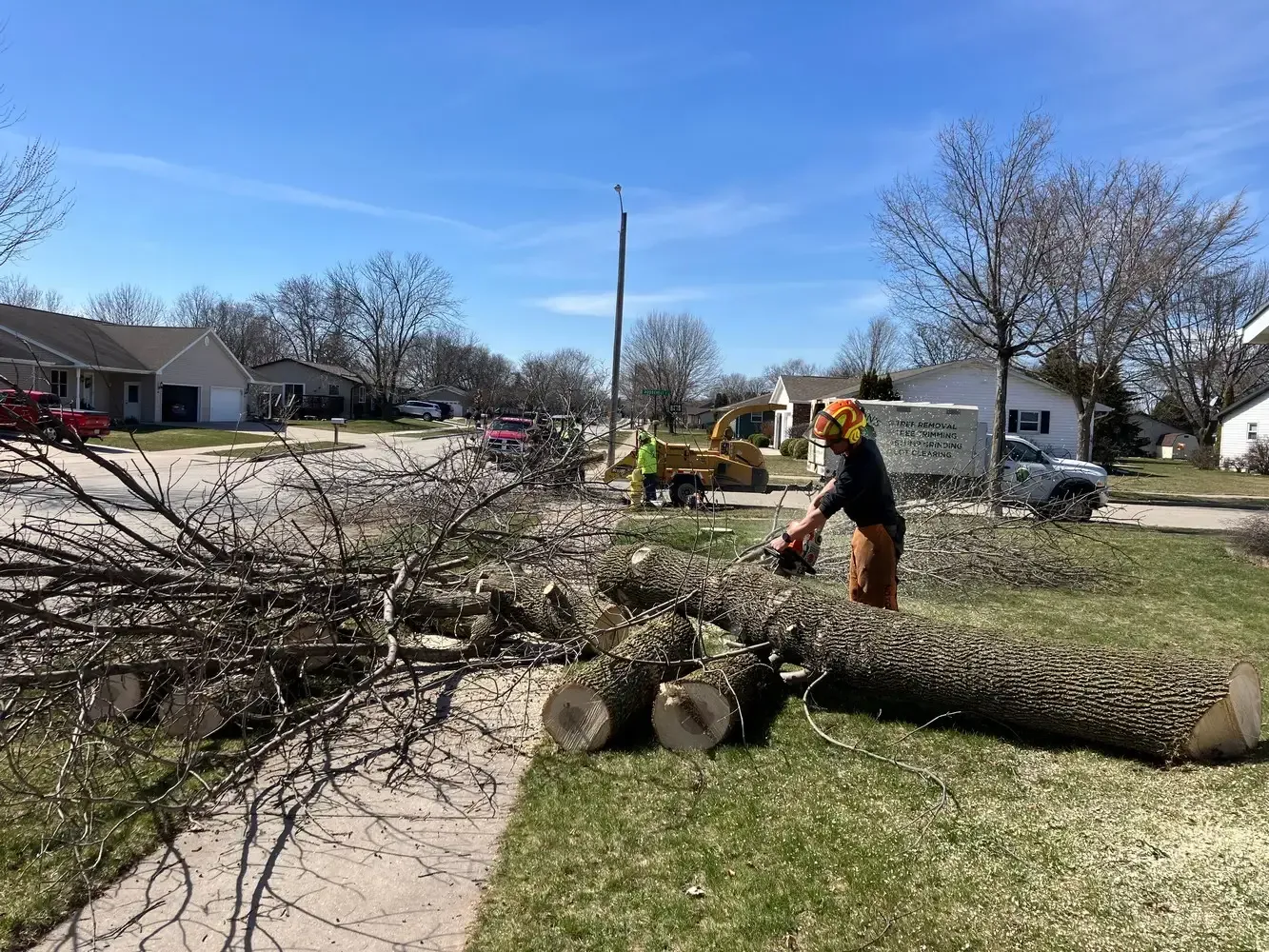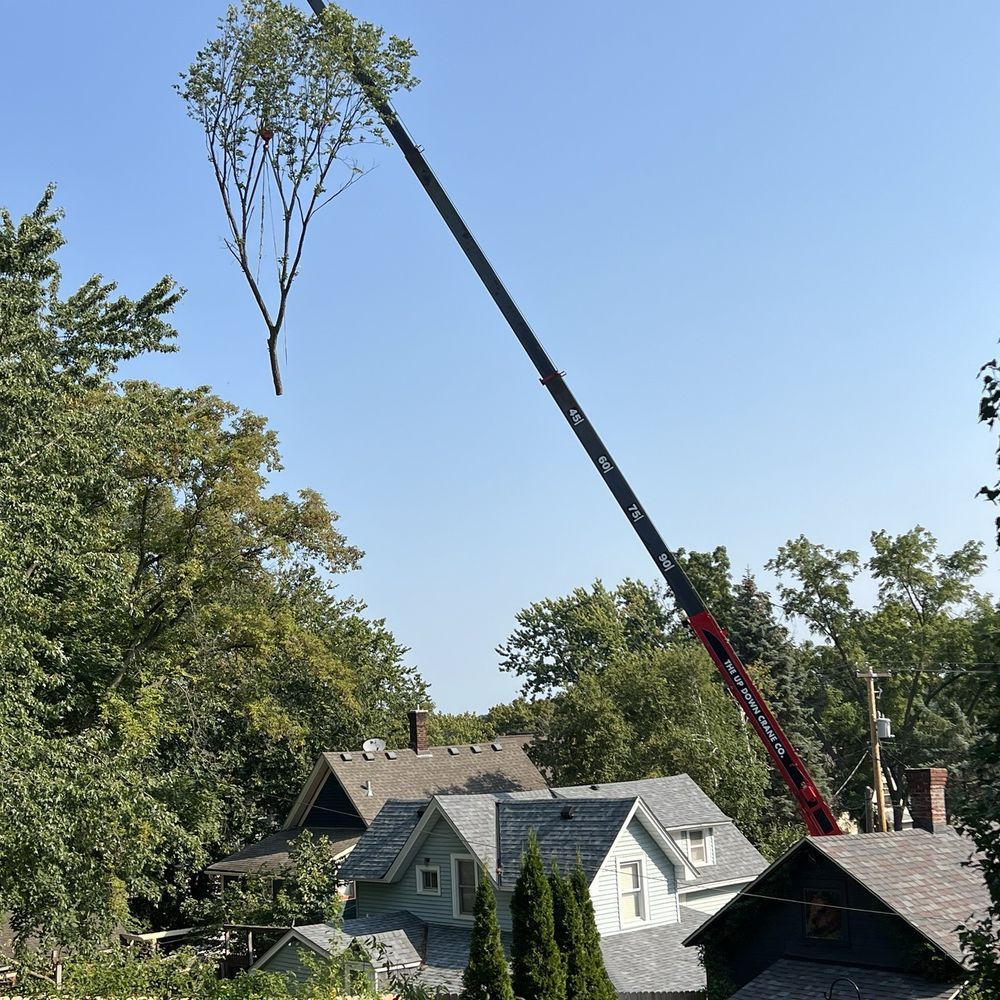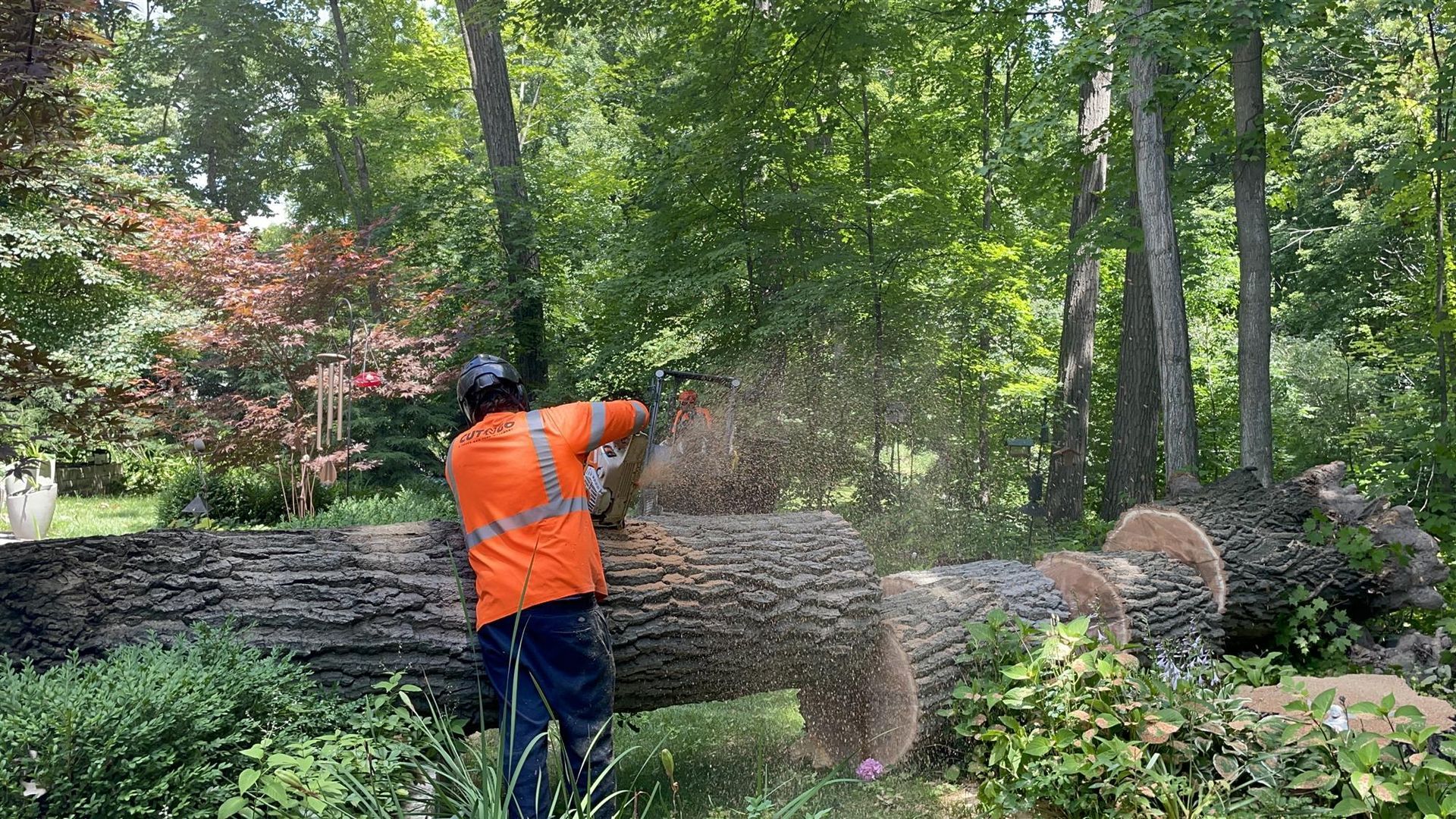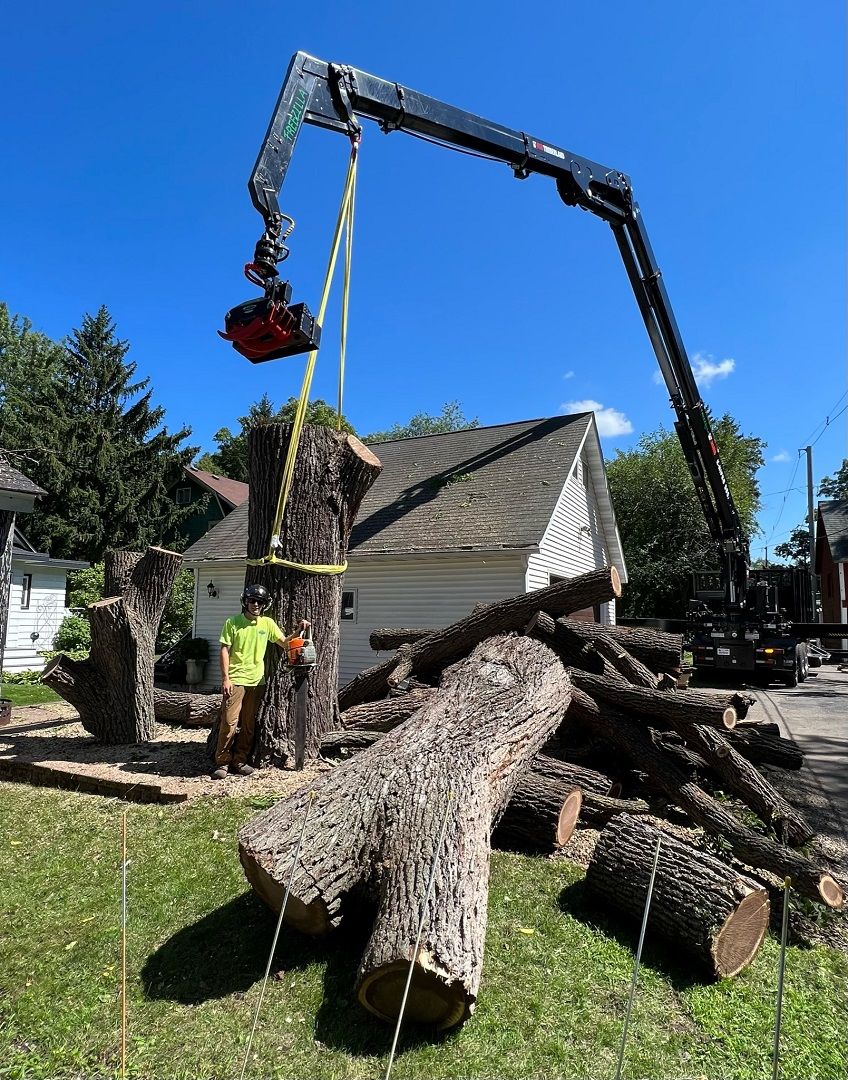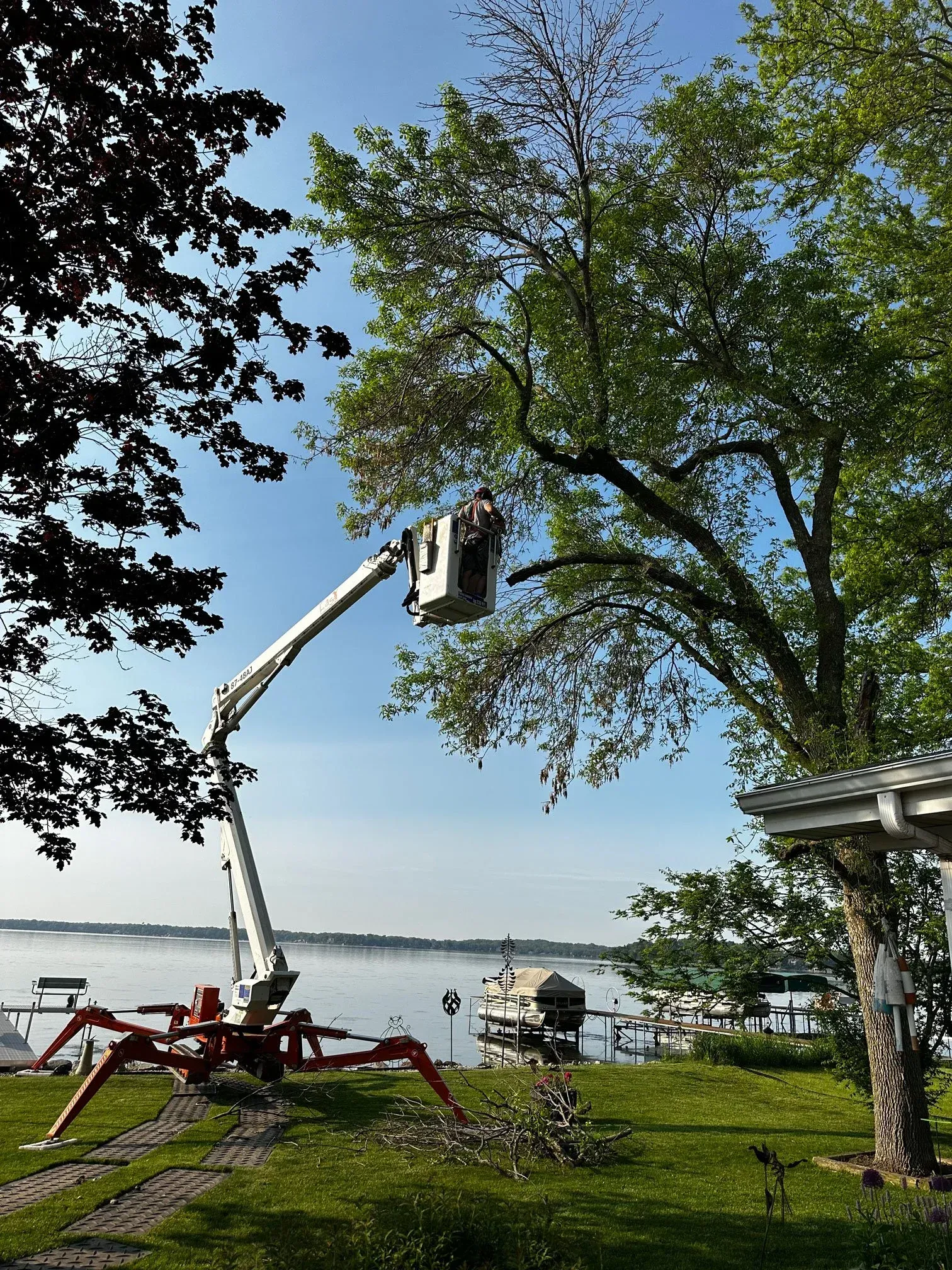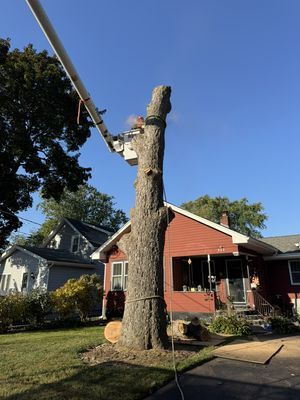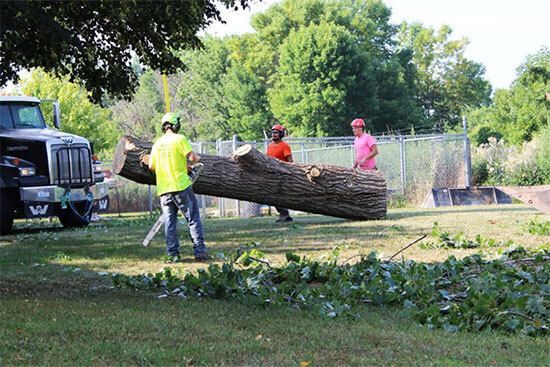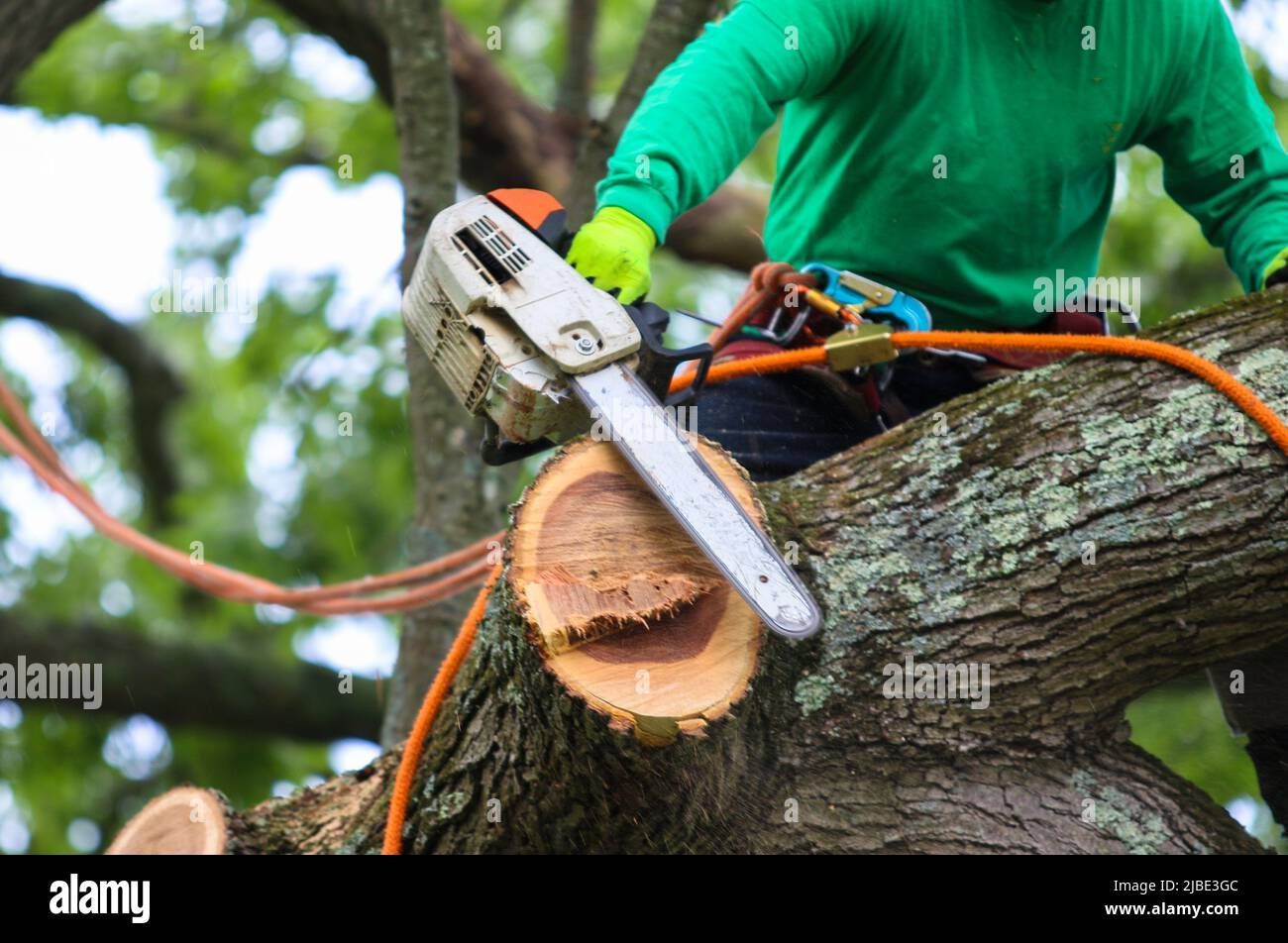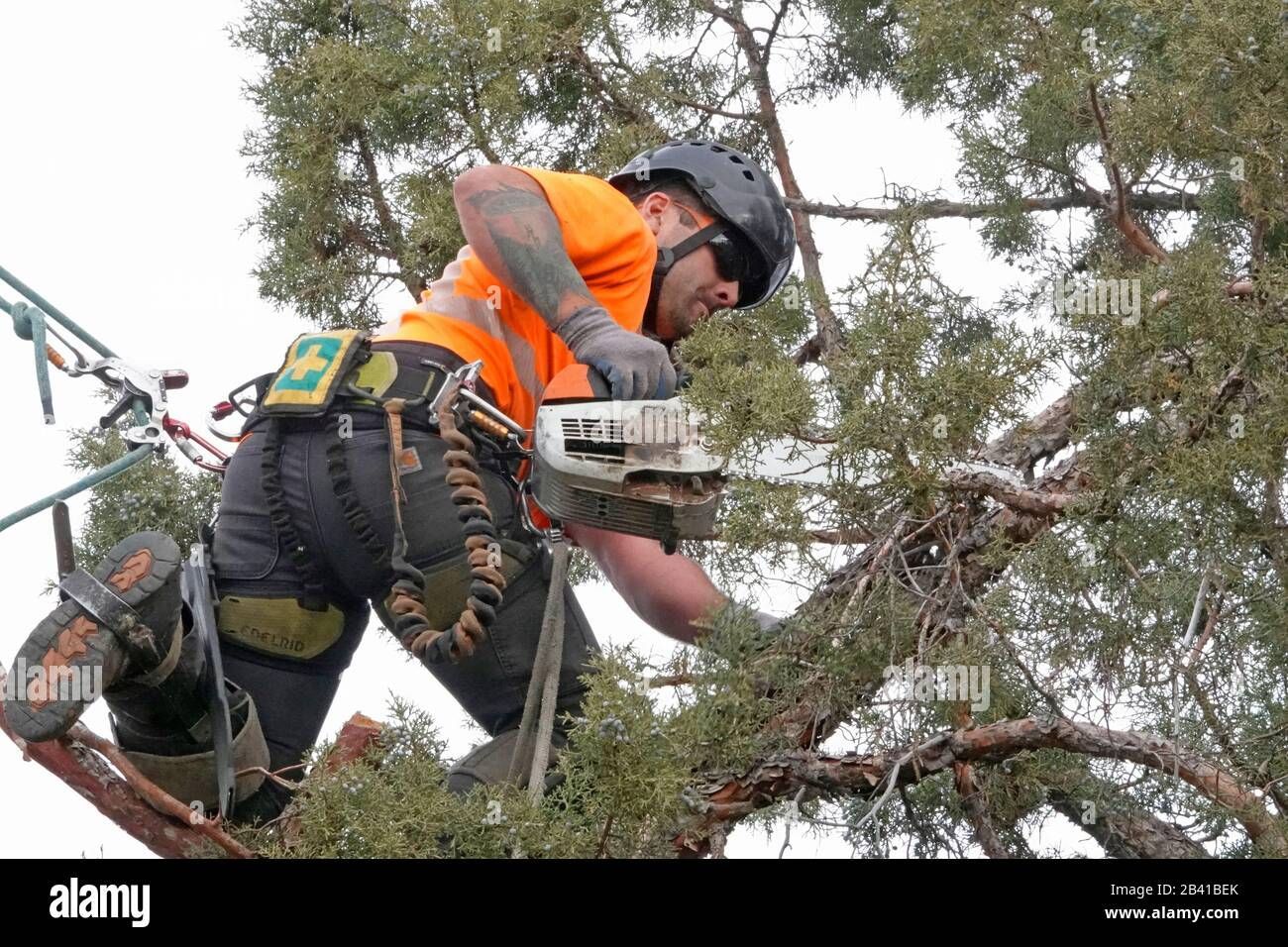Storm Damage Cleanup in Cedar Rapids: Tree Safety Tips
Storm Damage Cleanup in Cedar Rapids: Tree Safety Tips
Eastern Iowa residents know that storms are part of life. Cedar Rapids in particular faces heavy winds, ice storms, torrential rain, and even the occasional derecho that can leave trees battered and landscapes unsafe. After a major storm, the sight of broken limbs, uprooted trees, and debris across the yard is not only stressful but also dangerous. Knowing how to handle storm damage safely is critical to protecting your property, your family, and your community.
This article will walk you through common storm-related tree damage, safety tips for cleanup, and why professional assistance is often the best choice for restoring your property after severe weather.
Why Storm Damage Cleanup Is So Important
Storm-damaged trees are unpredictable. A tree that appears stable may be structurally compromised, with weakened branches or a cracked trunk. These hazards can fall without warning, putting people, pets, vehicles, and homes at risk.
Additionally, debris scattered throughout the yard can make routine activities unsafe. Beyond the immediate dangers, delaying cleanup also increases the risk of secondary issues such as insect infestations or disease. Acting quickly, but safely, is the key to preventing further damage.
Common Types of Storm Tree Damage
1. Broken or Hanging Limbs
Heavy winds and ice often snap large branches. Even if partially attached, they can fall at any time, posing serious hazards.
2. Uprooted or Leaning Trees
Saturated soil combined with strong winds can cause trees to uproot entirely or begin leaning dangerously.
3. Split or Cracked Trunks
When the trunk splits, the tree’s structural integrity is compromised. A cracked trunk can signal that the tree may not survive long-term.
4. Debris Scattered Across the Yard
Smaller limbs, twigs, and leaves can cover the ground, making movement around the property unsafe and difficult.
5. Fallen Trees on Structures or Power Lines
Perhaps the most dangerous scenario, a tree that falls onto a roof, vehicle, or live electrical line requires immediate, professional intervention.
Tree Safety Tips After a Storm
Storm cleanup is never as simple as picking up sticks. Safety must come first. Here are practical tips for homeowners:
1. Stay Away from Downed Power Lines
If a tree or limb has fallen on electrical wires, keep your distance. Power lines may still be live, even if they appear broken or inactive. Call the utility company immediately.
2. Assess Damage from a Distance
Before walking through your yard, look carefully from a safe vantage point. Identify leaning trees, hanging limbs, or areas that appear unstable.
3. Wear Protective Gear
If you plan to handle smaller debris, wear sturdy gloves, long sleeves, boots, and safety glasses. Even small limbs can cause cuts and puncture wounds.
4. Don’t Attempt Dangerous Cuts
Chainsaws may seem like the solution, but improper use can cause severe injuries. Avoid cutting large limbs, branches under tension, or anything near power lines.
5. Look for Signs of Hidden Damage
Cracks in the trunk, exposed roots, or soil that has shifted around the base of the tree indicate the potential for collapse.
6. Clear Small Debris, Leave the Big Jobs to Experts
It’s reasonable for homeowners to gather small branches and twigs. Larger tasks, especially those involving height or heavy equipment, should be left to professionals.
Why Hire a Professional Tree Service?
Storm damage cleanup requires training, equipment, and experience. Professional arborists and tree crews provide:
- Safety – Crews are trained to work around hazardous trees and power lines.
- Equipment – From bucket trucks to wood chippers, professionals have the right tools for the job.
- Efficiency – What could take a homeowner days of dangerous work can often be handled in a matter of hours by a skilled team.
- Tree Preservation – Instead of simply removing a tree, arborists can evaluate whether pruning or cabling can save it.
- Disposal of Debris – Professionals remove large limbs and stumps that would otherwise be left for the homeowner to manage.
Customer Testimony
"After the derecho storm hit Cedar Rapids, our yard looked like a disaster zone. We had two huge trees leaning toward our house, and several broken branches hanging dangerously over our driveway. Frank’s Tree Service showed up quickly, secured the area, and safely removed the damaged trees. They worked efficiently, cleaned up every bit of debris, and gave us peace of mind during a very stressful time. Their crew was professional, kind, and incredibly knowledgeable. I couldn’t recommend them more highly."
— David P., Cedar Rapids
Preventing Future Storm Damage
While no tree is completely storm-proof, proactive care reduces the risk of catastrophic damage.
- Regular Pruning: Removing weak, dead, or overextended branches prevents them from snapping in high winds.
- Proper Tree Placement: Avoid planting trees too close to structures or utility lines.
- Soil Care: Healthy, well-drained soil supports stronger root systems.
- Tree Inspections: Annual evaluations by an arborist can identify vulnerabilities before storms hit.
- Cabling and Bracing: Some trees can be structurally reinforced to withstand storms better.
The Role of Community in Cleanup
Storms often affect entire neighborhoods, not just individual homes. Working together makes recovery quicker and safer. Neighbors may:
- Share information about professional services
- Check on elderly residents who may need assistance
- Coordinate debris collection points
- Ensure safe pathways for emergency vehicles
By supporting one another, communities in Cedar Rapids can recover more quickly and reduce long-term storm impacts.
Frequently Asked Questions (FAQs)
Q1: What should I do immediately after a storm if I suspect tree damage?
Stay safe. First, look for downed power lines and avoid the area. Next, assess your property from a safe distance and contact a professional for help if large limbs or trees are involved.
Q2: Can a storm-damaged tree be saved?
Sometimes, yes. A professional arborist can determine if pruning, cabling, or bracing can restore stability. However, severely split or uprooted trees may need removal.
Q3: How soon should I schedule cleanup?
As quickly as possible. Delays increase risks of falling branches, pest infestations, and disease. Fast action also helps restore safety and normalcy.
Q4: Is it safe to use a chainsaw on storm debris?
Only if you’re experienced and handling small, stable branches. Large limbs under tension can kick back unpredictably. It’s best to leave chainsaw work to trained professionals.
Q5: Does homeowners’ insurance cover storm damage tree removal?
Coverage varies by policy. While many policies cover removal of trees that fall on a structure, others may not cover cleanup of trees that fall in the yard without causing damage.
Q6: How can I prepare my trees before storm season?
Schedule a professional inspection, prune dead branches, and consider reinforcing vulnerable trees. Preventive care is far less costly than post-storm cleanup.
Final Thoughts
Storms in Cedar Rapids are unpredictable and can leave behind significant tree damage. While it may be tempting to tackle cleanup yourself, safety should always come first. By understanding the risks, taking immediate precautions, and calling in professionals when needed, you can protect your property and your loved ones.
Healthy, well-maintained trees not only survive storms more effectively but also continue to provide beauty, shade, and value to your home for decades to come. Investing in professional tree care before and after severe weather is one of the best ways to safeguard both your landscape and your peace of mind.
